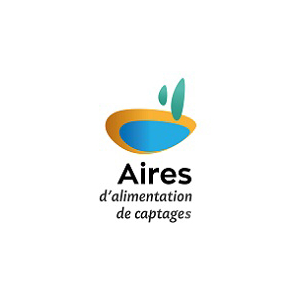
Document généré le 13/09/2025 depuis l'adresse: https://www.documentation.eauetbiodiversite.fr/fr/notice/transit-bacterien-dans-le-tube-digestive-de-la-truite-arc-en-ciel
Titre alternatif
Producteur
Contributeur(s)
Actes de colloques. Ifremer Brest [ACTES COLLOQ. IFREMER.]. 1986
Identifiant documentaire
9-995
Identifiant OAI
oai:archimer.ifremer.fr:995
Auteur(s):
Lesel, R,Fauconneau, B,Alzieu, P
Mots clés
Citrobacter freundii
Bacillus stearothermophilus
Bacteria
Excretion
Tracer techniques
Date de publication
01/10/1984
Date de création
Date de modification
Date d'acceptation du document
Date de dépôt légal
Langue
fre
Thème
Type de ressource
Source
Droits de réutilisation
info:eu-repo/semantics/openAccess
Région
Département
Commune
Description
The present study concerns bacterial transit in the digestive tract of rainbow trout at 13 degree C and compares fecal excretion of 4 tracers in the alimentary bolus, an inert bacterial tracer: spores of Bacillus stearothermophilus , a bacterial marker capable of multiplying in the digestive organs: Citrobacter freundii ; a tracer of the liquid phase: polyethylene glycol (PEG), a tracer of the solid phase: Cr sub(2)O sub(3). Two peaks of fecal excretion of bacterial bodies are indicated in the results, the first one taking place within the first 4 h following ingestion of the traced meal, the second peak, a hundred times more important, occurring 10 h after the meal. This two-phase mode of excretion corroborates the observations previously made. The physical tracers (PEG and Cr sub(2)O sub(3)) utilized seem to follow the same pattern of excretion, in spite of a lesser sensitivity. They show the existence of an early faecal excretion. A high number of pyloric caeca does not seem to involve modifications of the digestive transit speed. These results show interest in bacteria as markers of liquid and solid phases in the alimentary bolus.
Accès aux documents
0
Consultations
0
Téléchargements





























